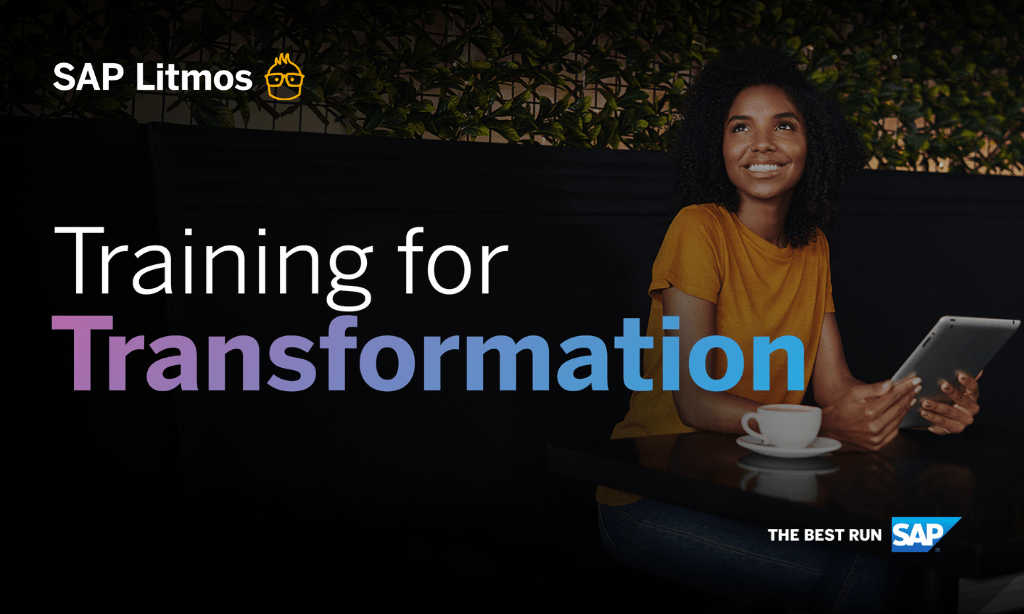How Can L&D Contribute to Creating Highly Engaged Employees?

Gallup revealed that employee engagement in the U.S. had recently risen to 34 percent – yes, risen. That means two-thirds of American workers are not fully engaged in their jobs.
We know that a strong learning program can help push those numbers up further. When people get to learn, grow, and develop their careers on the job, they care more; they see it as evidence that the company cares about them.
Some of the outcomes of fostering more engaged employees are higher productivity, greater collaboration and innovation, and deeper commitment to the company in terms of tenure and in contributions to creating happier customers.
Further, according to Forbes, “highly engaged teams show 21% greater profitability… Those teams who score in the top 20% in engagement realize a 41% reduction in absenteeism, and 59% less turnover. Engaged employees show up every day with passion, purpose, presence, and energy.”
Good news for the training department: you can play a big part in creating that energy. Yes, you can do more to improve employee engagement than just delivering courses. You can deliver interesting, compelling, mind-enriching courses!
How might you begin such an undertaking? Consider a crash course in learning experience design (LXD).
What’s Learning Experience Design?
LXD is built around principles and practices that ensure the learning journey is engaging, enjoyable, relevant, and informative. It can include knowledge building, knowledge transfer, behavioral change, and a reflection of attitudes. In practice, LXD should enable the learning experience cognitively, behaviorally, and emotionally.
Designing these experiences ultimately helps create not just engaged employees, but empowered employees. Empowered employees are next-level engaged employees; they’re like engaged employees on caffeine and a kale protein shake. They’re energized, fueled, and focused. These are workers who feel heard and understood – who feel training is targeted to benefit them, as well as the company – and who openly appreciate the opportunity to expand their skills and knowledge. They take the initiative on tasks and projects because they feel trusted to do so. They offer novel, untried ideas without fear of being reprimanded for wanting to step off the beaten path. They’re every progressive company’s dream because of what they contribute individually, as well as how their energy tends to be contagious.
One insider tip on how to develop empowered employees is to regularly gather feedback from learners and managers to make sure their expectations are being met. By pulling them into the learning plan, you fortify their connection and commitment not just to learning but to broader company goals. You acknowledge that their job matters to the greater good.
Specifically, you may consider conducting a needs analysis (again, with learners and managers) to uncover knowledge gaps. You can use surveys or other feedback channels to ask about what they want to learn for professional and even personal improvement. Equally important, however, is to act on the feedback once you have it. There’s almost nothing less empowering to your learners than for them to never see any action on suggestions they’ve made. If you ask, plan to act on it.
Notably, Forbes reports that “Employees who feel their voice is heard are 4.6 times more likely to feel empowered to perform their best work.”
For a deeper dive on the subject of empowered employees and how to create them using strategic learning experience design, download the latest paper from Litmos: “Empowered Employees & Satisfied Stakeholders: Why Experience-driven Learning Design Matters.”
The paper explores how strategic Learning Experience Design (LXD) can be the key to better learning experiences and outcomes. It offers practical guidance and a set of “pro tips” for creating training that you can design and deliver with confidence – and that employees and stakeholders will truly value.
Get the whitepaper to learn how to:
- Focus your learning experience design (LXD) goals
- Target the needs of both specific and broad audiences
- Design a content strategy to drive concrete outcomes
- Choose the right testing methods for your courses
- Develop courses that close knowledge and skills gaps





